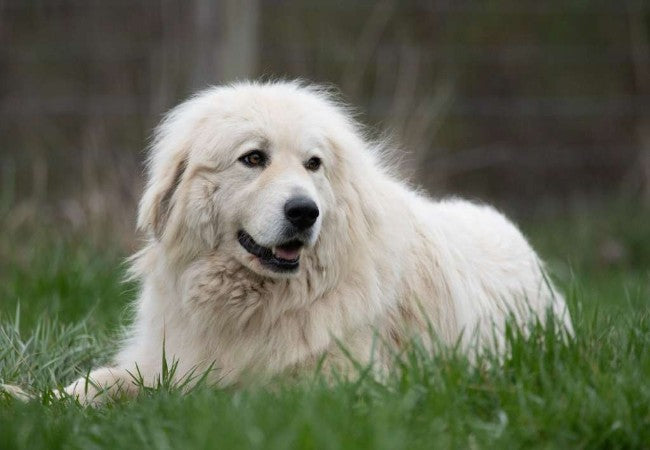Great Pyrenees 2025 Guide: Temperament, Care & Training 🐶

In this article
Great Pyrenees 2025 Guide: Temperament, Care & Training 🐶
By Dr. Duncan Houston BVSc
The Great Pyrenees is a calm, noble livestock guardian known for its thick white coat and gentle strength. Bred to protect flocks in the Pyrenees Mountains of France and Spain, this breed is deeply loyal, patient, and remarkably independent. In this full 2025 breed guide, you’ll learn how to care for, train, and support this steadfast protector. 🐾
📜 Breed Origins
Dating back thousands of years, the Great Pyrenees was developed in the Pyrenees Mountains to guard sheep and goats from predators like wolves and bears. They’re still used for this purpose today and are admired for their stoicism, independence, and majestic presence. 🇫🇷🇪🇸
🧠 Temperament & Personality
This breed is quiet, steady, and bred to make decisions independently:
- Protective: Devoted to family and naturally alert
- Calm: Not easily startled or hyperactive
- Independent: Makes decisions on its own—may ignore commands
- Gentle: Especially with children and livestock
🏡 Ideal Home Environment
Best suited for open, rural spaces and steady leadership:
- Farms, ranches, or large fenced yards
- Cool climates—this breed does not tolerate heat well
- Experienced owners who appreciate guardian breeds
Not ideal for urban living or hot, humid climates. 🏡
✂️ Coat Type & Grooming
The Great Pyrenees has a weather-resistant double coat that sheds heavily:
- Brushing: 2–3 times weekly; daily during spring/fall shedding
- Bathing: Every 6–8 weeks or as needed
- Ear/Nail Care: Clean ears weekly; trim nails every 3–4 weeks
🏃♂️ Exercise & Enrichment
This is a moderately active breed that thrives on purpose:
- 60 minutes of walking or supervised outdoor time daily
- Guarding livestock, hiking, or light cart pulling for mental engagement
- Puzzle toys or scent games indoors on quiet days
They enjoy independence and don’t need high-intensity workouts. 🧠
🍗 Nutrition & Feeding
Feed a large-breed formula to support joints, metabolism, and coat health:
- Animal-based proteins (chicken, lamb, fish)
- Joint supplements (glucosamine, chondroitin)
- Omega-3s for coat support and inflammation reduction
Split into two meals per day. Customize a feeding plan via Ask A Vet. 🍽️
🩺 Common Health Concerns
Great Pyrenees are generally healthy but may face:
- Hip & Elbow Dysplasia: Common in large breeds
- Bloat (GDV): Avoid vigorous activity after meals
- Patellar Luxation: Monitor for lameness or limping
- Skin Issues: Watch for hotspots under their dense coat
Monitor wellness with screening and support at Ask A Vet. 🩺
🎓 Training & Socialization
This independent breed needs calm, confident training:
- Socialize early with people, pets, and environments
- Use patient, firm leadership—avoid heavy correction
- Short, structured sessions with high-value rewards work best
🧘♂️ Emotional Needs
Despite their stoicism, these dogs need engagement and consistency:
- Offer daily companionship and routines
- Respect their independence but provide leadership
- They enjoy having a “job” or task—whether guarding or following a routine
Behavior concerns? Chat with an expert at Ask A Vet. 🧠
🏁 Final Thoughts: Is the Great Pyrenees Right for You?
If you're looking for a noble, gentle protector with low exercise demands and a big presence, the Great Pyrenees may be your perfect match. With the right care, space, and training, they’re calm, reliable, and endlessly loyal. ❤️
Need help planning care for your Great Pyrenees? Start your consult today at Ask A Vet!






